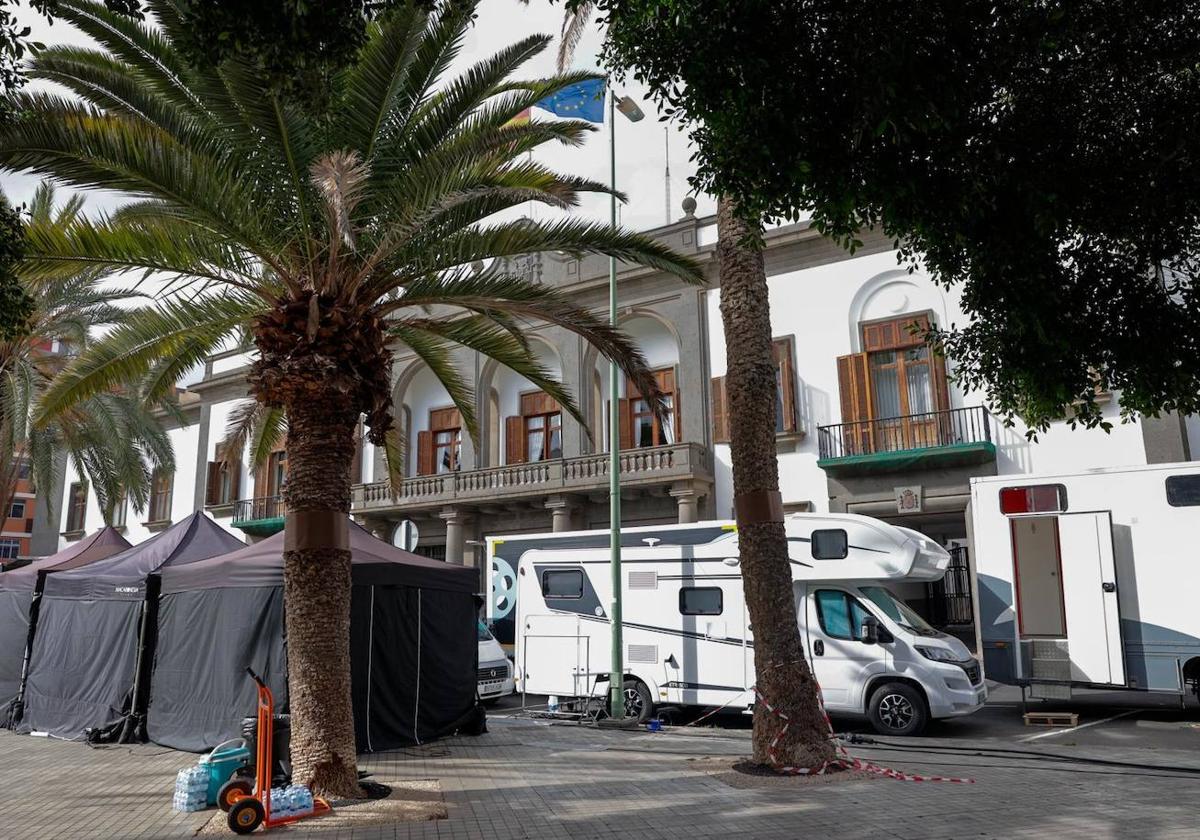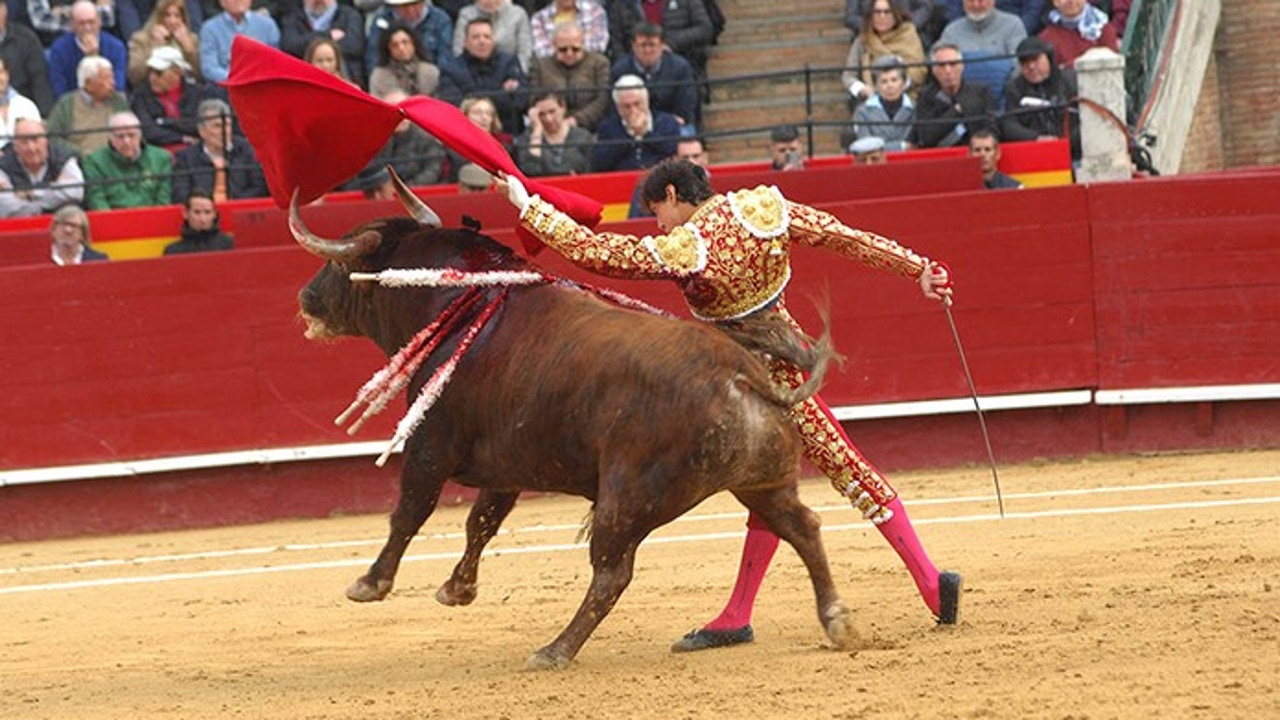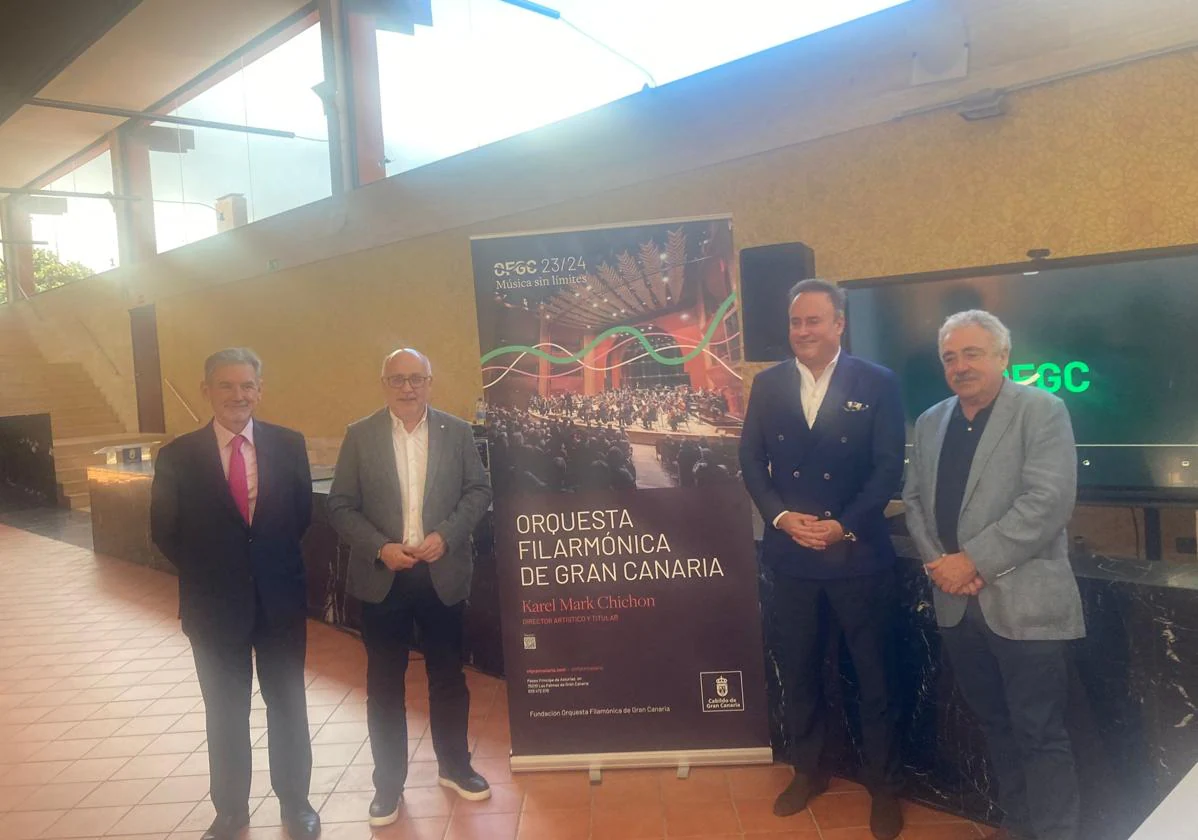Walker, yes there is way | Culture


When I got to know my fellow Senderistas-a motley group of freedom seekers, nature fanatics, and absolute eccentrics-I was surprised by the fact that we all had willingly confined ourselves to a single path. Most of us saw that walk as an interlude of unbridled freedom before re-entering the increasingly strict labyrinth of adult life. But it turned out that a road does not offer complete freedom; it is rather the opposite: a path is a discrete reduction of options. The degree of freedom of the road is more like a river than an ocean. To put it in the simplest way possible, a path is a way of making sense of the world.
There are endless ways of traversing a landscape; the options are overwhelming and the dangers abound. The function of a path is to reduce this enormous chaos to an intelligible line. The ancient prophets and sages - most of whom lived at a time when the paths were the main means of transport - were able to understand this fact intimately, and that is why the founding texts of almost all the great religions invoke the metaphor of the path (…)
But roads, like religions, are rarely fixed. They change constantly-they widen or narrow, they split or merge-depending on if, and how, their followers decide to use them. Both the religious path and that of the walkers are made - as the Taoists and poets say - by walking.
The use creates roads. Those that are durable, then, must be of use. They persist because they connect one node of desire with another: a refuge, with a spring of fresh water; a house, with a well; a town, with a grove. Since they express and satisfy collective desire at the same time, they exist to the extent that desire does; once it is extinguished, they also vanish.
In the 1980s, a professor of Urban Design at the University of Stuttgart named Klaus Humpert began studying a series of dirt paths that had sprung up on the campus lawn extensions, forming short cuts between the various paved pedestrian paths. He conducted an experiment consisting of eliminating those informal paths of the campus replanting grass in them. As he suspected, soon new roads appeared where the previous ones had been. These improvised trails, which are surprisingly common, are called "paths of desire". They can be found in the parks of all the great cities of the earth, cutting those right angles that efficiency so deplores.
The "paths of desire" can be found in parks of all the great cities of the earth, cutting those right angles that efficiency so deplores
By studying satellite images, I have found paths of desire in the capitals of the most repressive countries in the world: Pyongyang, Naypyidó, Ashkhabad ... Understandably, dictatorial architects, like the dictators themselves, despise them. A shortcut is a kind of geographical graffiti, which betrays the authoritarian inability to predict our needs and monitor our desires. In response, planners sometimes try to prevent the paths of desire by force. But this tactic is doomed to failure: the hedges are trampled, the signs are torn and the fences are knocked down. Wise designers sculpt with desire, not against it.
Before, when I found a road without signaling in the forest or in the park of a city, I used to wonder who would have been its author. But I discovered that, as a rule, the answer was no one. It had just come up. Someone had tried to solve a problem and embarked on a hesitant journey; another person had followed him, and then another, subtly improving the way at each step. The roads are not unique in that aspect: a similar evolutionary process occurs in other community creations, such as popular stories, work songs, jokes and memes.
When I heard an old joke, I used to wonder what anonymous and forgotten comic genius would have written it. But that was a futile question, since most of the old jokes were not born complete, but have evolved over decades. Richard Raskin, a scholar of Jewish humor, has meticulously examined hundreds of anthologies of Jewish jokes in multiple languages, no less than from the beginning of the nineteenth century to the present, in search of the origins of classic jokes. What he discovered was that traditional Jewish jokes evolve along a series of common paths, which as a rule imply recontextualizing, forcing logic, altering characters and scenarios and adding increasingly surprising endings, all in search of "a better way to realize the comic potential of the stories. " As a good way, a good joke is the result of an uncountable number of authors and anonymous correctors (...)
A shortcut is a kind of geographic graffiti, which betrays the authoritarian inability to predict our needs
Humans are neither the first to open roads nor those who stand out in this activity. Compared to our rough dirt roads, the paths of the ants are extraordinarily straight. It turns out that many mammal species are also remarkably skilful road builders. Even the dumbest animals are experts in finding the most efficient route in a landscape. Our languages have evolved to reflect this fact: in Japan, the paths of desire are called kemonomichi or "animal paths"; in France they are called chemins de l'âne or "donkey ways"; in Holland they are known as Olifantenpad or "elephant ways", and in England people sometimes call them cow paths or "cow ways".
"We say that the cows designed Boston," Emerson wrote, referring to the (probably apocryphal) belief that the sinuous network of streets in the city was the result of paving old cows' paths. Well, there are worse surveyors. Anyone who walks through our meadows often enjoys the occasion to thank the cows that have opened the best path through the bushes and in the hills; and travelers and Indians know the value of a buffalo road, which is surely the easiest possible passage through a ridge. " More than a century later, a study by the University of Oregon confirms Emerson's claim: he faced 40 heads of cattle to a sophisticated computer program in the task of finding the most efficient path through a field; in the end, the cows outperformed the computer by more than 10% of correct answers.
Robert Moor is a journalist and essayist. This extract is part of your book On the trails, published by Captain Swing.
Translation by Francisco J. Ramos Mena.











